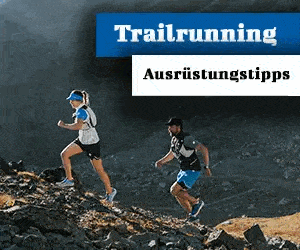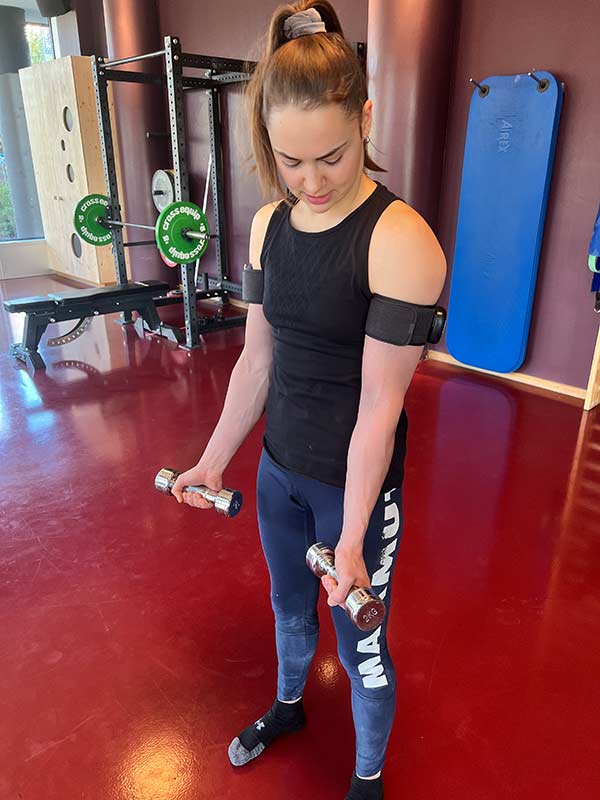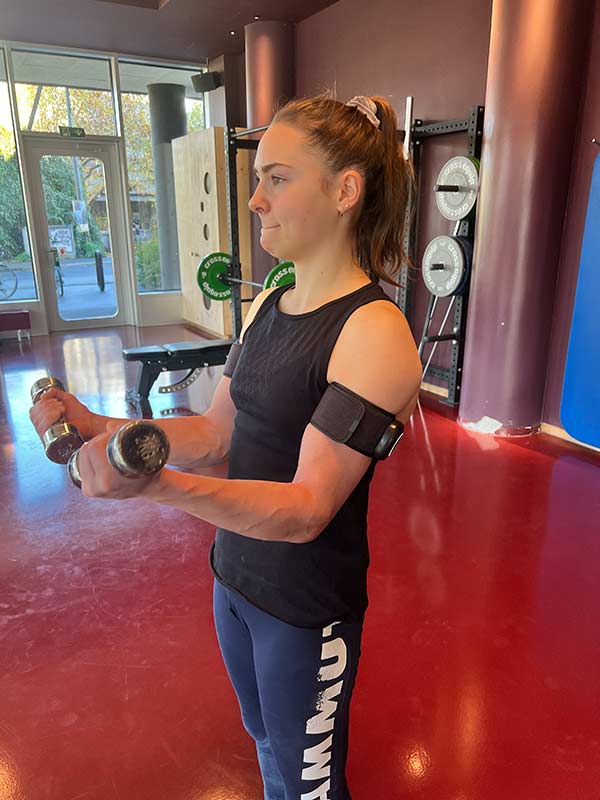Blood Flow Restriction Training (BFRT) is a training method that uses pressure cuffs to reduce blood flow. The effect: muscle growth and strength increase despite low training intensity. A type of training that can be particularly interesting during injury-related breaks in climbing and in the rehabilitation phase.
A contribution by Philipp Mathis and Simon Deussen from PhysioVision Zurich - With the support of Minimum Bouldering and Saga Fitness
Finger injuries are among the most common injuries in climbing. The injury is often accompanied by a break from climbing, during which the hard-earned strength is lost again. The promise of the BFRT training method sounds tempting: Thanks to the low intensity, you can actively train the climbing-specific muscles even during acute or sub-acute injury breaks without endangering the ligaments or tendons.
You will learn that in this article
- What is Blood Flow Restriction Training?
- How does the training method work?
- BFRT in climbing?
- Risks, pros and cons of BFRT
That's what Blood Flow Restriction Training is all about
During Blood Flow Restriction Training, pneumatic pressure cuffs ensure that the venous blood flow is reduced. Train with low resistance at an intensity of 10 to 30 percent of the 1-rep max. At this intensity, comparable effects in terms of muscle growth and increase in strength can be achieved with BFRT as with classic hypertrophy training. These effects have been confirmed by several scientific meta-analyses (Hughes et al., 2017).
What is hypertrophy training?
Muscle hypertrophy is colloquially defined as muscle growth. In classic hypertrophy training, the intensity is between 70 and 85 percent. Traditionally, you train in three sets of eight to twelve repetitions.
How does BFRT training work?
In order to explain the mechanism of action of the BFRT, a detour into the physiology of hypertrophy training is required. Muscle mass growth occurs from three different measures:
- Lifting heavy weights or performing fast movements creates mechanical tension in the muscle. This tires the fast muscle fibers.
- The high training intensity causes microtraumas in our smallest muscle fibers, the so-called sarcomeres.
- As a reaction to training, a lack of oxygen and an accumulation of metabolites and specific growth factors in the trained muscle can be observed.
All of these physiological mechanisms of action result in muscle cross-sectional thickening, referred to as muscle hypertrophy (Low, 2020).
With BFRT, the venous system is closed with the cuffs, while the arterial supply of the muscle is always guaranteed. As a result, mechanisms of action that lead to hypertrophy are set in motion.
«In contrast to hypertrophy training, BRFT does not cause any microtrauma in the smallest muscle fibers, which is why it is gentler on our muscles and therefore does not require a long break after training. You get an extra day of training."
Simon Deussen
According to an article by Loenneke et al. (2010), the following mechanisms are the most important:
- The accumulation of metabolic products leads to the accumulation of growth factors such as growth hormone (GH) (Takarada, Nakamura, et al., 2000)
- The recruitment of fast muscle fibers (Takarada, Takazawa, Sato, et al., 2000)
- Increased mammalian target of rapamycin (mTOR) activity boosts protein synthesis (Takano et al., 2005)
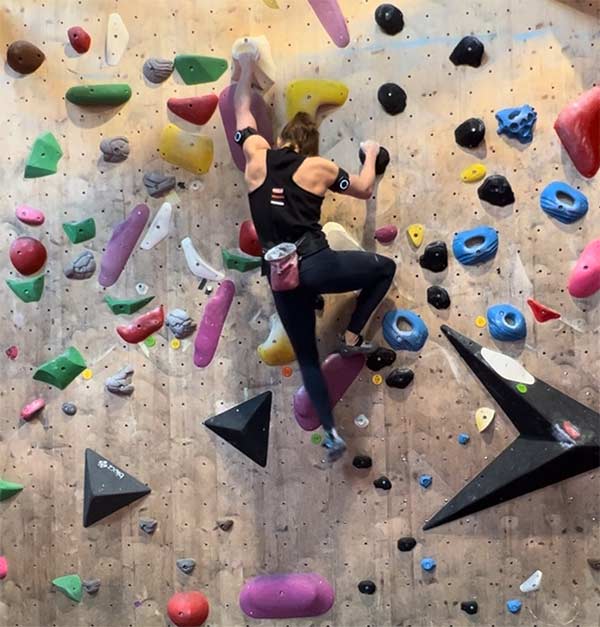
Blood flow restriction training in climbing
Finger injuries are the most common climbing injuries. It is precisely these that can be trained very well with BFRT in an acute or sub-acute injury phase. For example, you can hang from the finger board with your feet on the ground, i.e. with only a percentage of your body weight.
“The finger and wrist flexors experience a similar effect through the BFRT as when you are weighted on a finger board. This means that you can actively train these muscles despite an injury and a break from climbing, without endangering the ligaments or tendons.”
Simon Deussen
This principle can also be applied to a tendon complaint (tendinitis) without additionally irritating the painful tendons. Likewise, in the case of knee injuries, one can prevent the thigh muscles from shrinking. All promising possibilities that can be decisive in the rehabilitation phase of athletes.
If muscle atrophy can be prevented in the early phase of rehabilitation, the entire rehabilitation process will be shorter due to the shorter build-up phase.
“For example, endurance training for athletes before competitions can be just as interesting. Aerobic training with BFRT requires much less wall climbing to achieve a similar effect on the muscles as without BFRT. The result of this is that you save a lot of skin, which can also be decisive in competitions. »
Simon Deussen
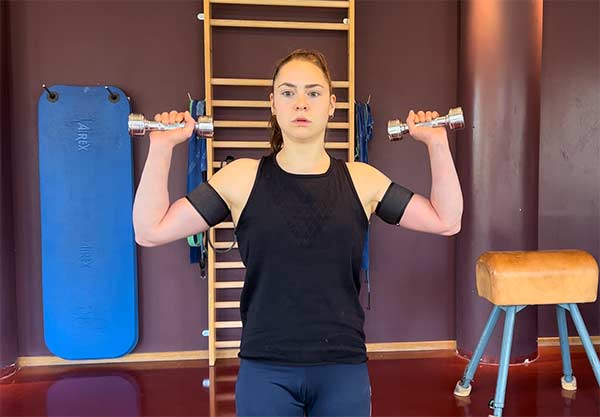
Risks, pros and cons of BFRT
Blood flow restriction training is not recommended in the case of existing cardiovascular diseases such as high blood pressure, vascular diseases or heart failure (Spranger et al., 2015). In a review by Minniti et al., 2020, the safety of a BFRT in musculoskeletal knee problems was examined.
The result showed that strengthening using BFRT seems safe. However, long-term studies will be needed in the cardiovascular field to further confirm this.
Benefits
- Very short regeneration time (approx. 24h)
- You gain 1-2 extra training days per week
- Less stress on the tendons and ligaments
- The muscles are trained more gently
- Skin-friendly training
- Can already be used in the early rehabilitation phase
- Maintain muscle mass and strength during an injury phase
Disadvantages
- If you're not injured, the effect of hypertrophy training is slightly better than BFRT.
- Not suitable for people with cardiovascular diseases such as high blood pressure, vascular diseases or heart failure
Conclusion
On the one hand, the BFRT trains our active structures, namely the muscles, more gently and, on the other hand, the load on the passive structures of our body such as cruciate ligaments, menisci or annular ligaments is much lower.
“This is also where the enormous advantage that the BFRT has in the rehabilitation setting is. Anyone who has ever had a cast removed after six weeks knows how quickly our muscles shrink.»
Simon Deussen
This is exactly where you can start in the rehab setting and with the BFRT you can maintain muscle mass and strength to a certain extent without overloading the injured structures. After the rest phase, the BFRT should only serve as a supplement to hypertrophy training.
The aerobic climbing capacity can be trained much more gently with the BFRT. The shorter recovery times make it very attractive for competitive athletes because the training volume can be increased.
People with cardiovascular disease should stay away from it until more long-term studies are done. In conclusion, BFRT is an exciting and effective way to train that is well worth trying.
product and courses

dr Sato introduced the first Blood Flow Restriction Training product in 2005. In recent years, numerous companies have joined, including Saga Fitness.
After our own research and testing of various products, we decided to PhysioVision opted for the SAGA product. The price, the application and the quality of the app and the tapes are really good. We have ordered a large margin of ribbons and let you benefit from them
PhysioVision will be available in the first quarter of 2023 (initially in Minimum on Flüelastrasse) offer courses on BFRT. The course consists of two sessions, the theoretical background, the application and usability, additional to your normal training. The second session is for feedback and solving all practical applications.
That might interest you
- These 9 exercises for climbers help with elbow problems
- 8 exercises for mobilization, stretching and strengthening the shoulder
- This is how you prevent injuries when climbing and bouldering
Do you like our climbing magazine? When we launched LACRUX, we decided not to introduce a payment barrier. It will stay that way, because we want to provide as many like-minded people with news from the climbing scene.
In order to be more independent of advertising revenue in the future and to provide you with even more and better content, we need your support.
Therefore: Help and support our magazine with a small contribution. Naturally you benefit multiple times. How? You will find out here.
+ + +
Credits: Cover picture Simon Deussen


